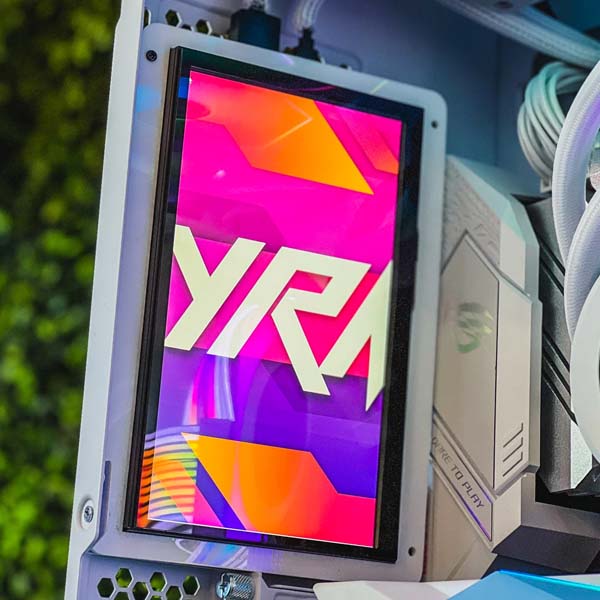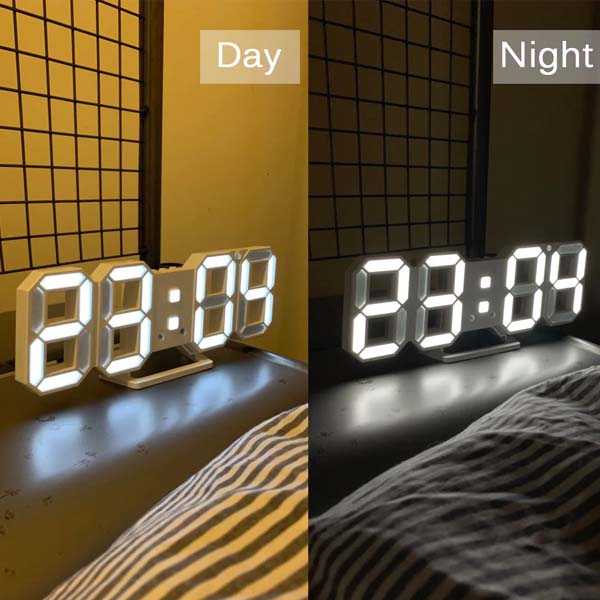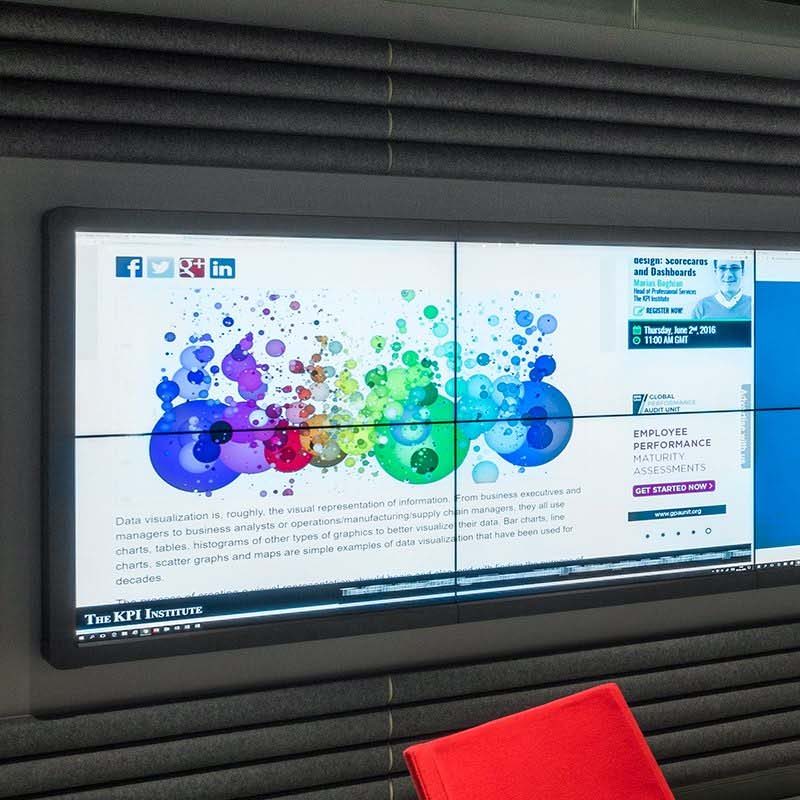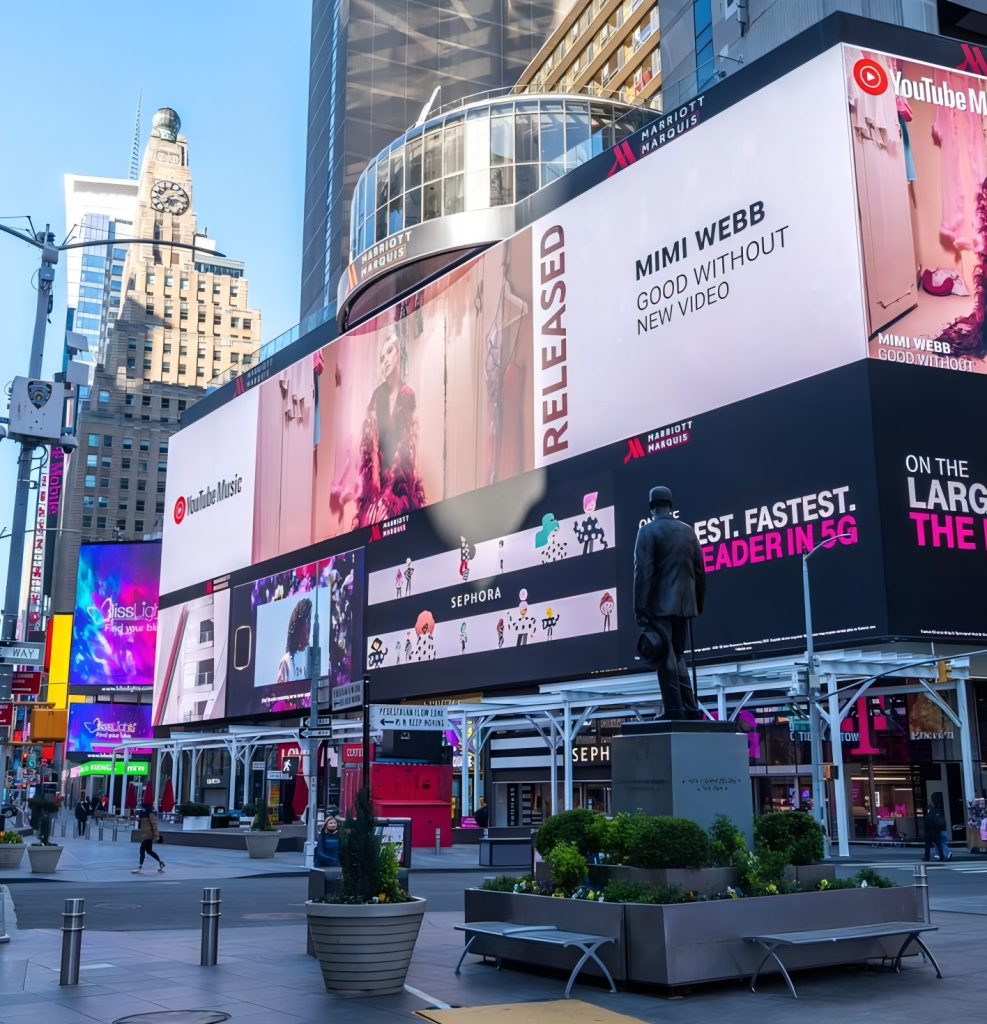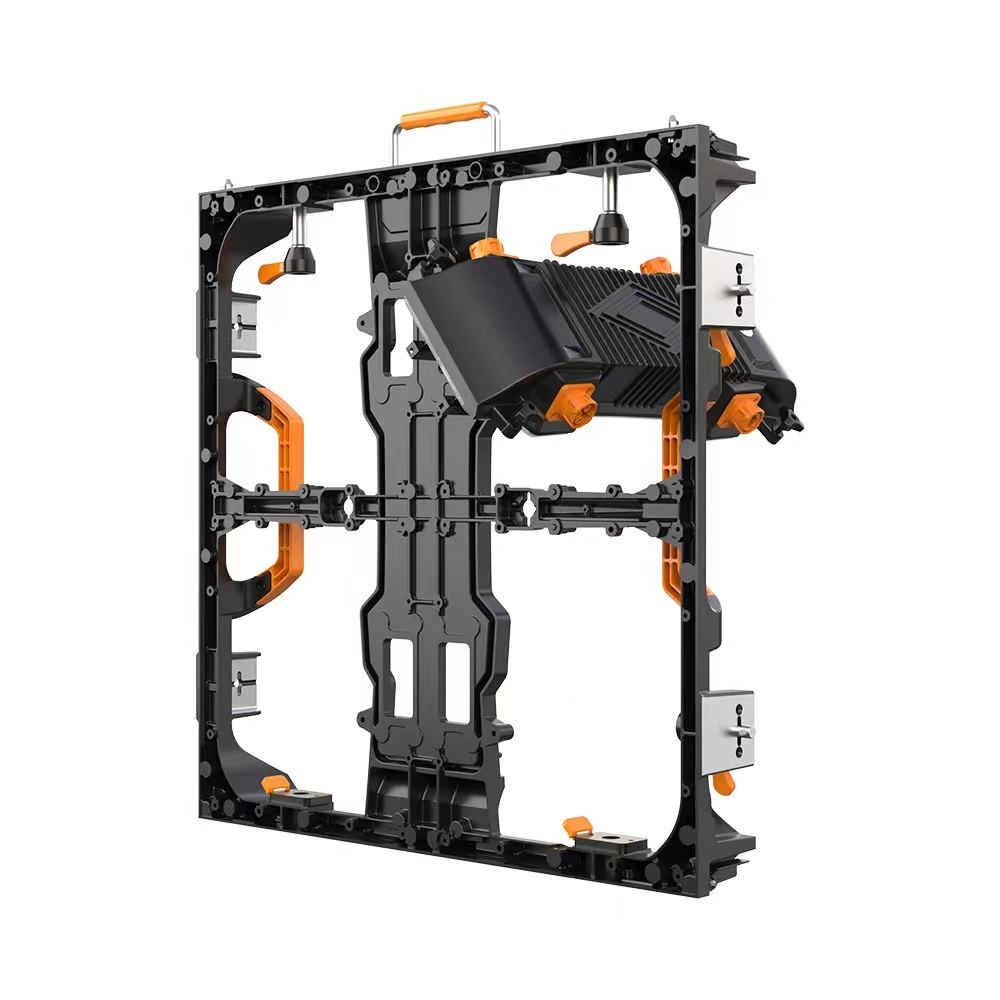In today’s fast-paced, information-hungry world, static signage simply isn’t enough—especially in public spaces like transit hubs, malls, campuses, and municipal centers. Digital LED Displays offer a powerful solution, turning high-traffic zones into dynamic communication platforms for real-time information, wayfinding, alerts, promotions, and engagement.
Unlike traditional posters or LCD screens, LED displays are brighter, more durable, and scalable across both indoor and outdoor environments. More importantly, they can connect to centralized systems for automatic updates, ensuring that public messaging stays relevant, timely, and accurate.
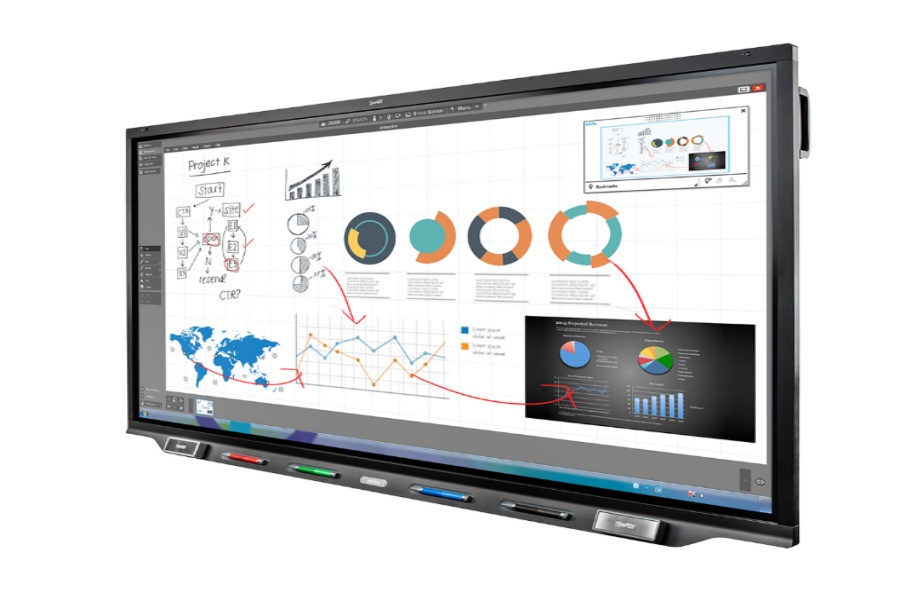
What Is a Digital LED Display?
A Digital LED Display is a screen made of high-brightness light-emitting diodes arranged in a matrix, capable of rendering dynamic content such as:
· Videos and animations
· Scrolling text and countdowns
· Live feeds and emergency alerts
· Interactive content (via sensors or touch)
Digital LED systems are programmable, network-connected, and modular—making them ideal for both broadcasting and narrowcasting across cities or campuses.
Key Benefits for Public Environments
- Real-Time Communication
Deliver updates instantly via cloud-connected CMS platforms. Whether it’s transit delays, weather alerts, event schedules, or promotional campaigns, content can be changed across multiple displays in seconds.
2. High Visibility in Any Light
With brightness ranging from 800 to over 8000 nits, LED displays are viewable in full sunlight, low light, or at night—making them more effective than LCDs in outdoor or semi-covered areas.
3.Multi-Zone Content
Split screens into regions for different content: time, location-based ads, or emergency messaging—boosting utility per square meter.
4.Durability and Low Maintenance
Rated for 50,000+ hours of continuous operation with IP65+ protection and fail-safe redundancy features, digital LED screens offer years of consistent performance.
Top Application Scenarios
1. Public Transit Systems
At bus terminals, subway stations, and airports, digital LED displays are used for:
· Arrival/departure schedules
· Route maps and live platform updates
· Emergency alerts (e.g., security lockdowns)
· Advertising zones for revenue generation
2. Universities and Campuses
Use LED boards for wayfinding, class schedule updates, event promotions, or weather warnings. Linked with campus IT systems, content updates are automatic and contextual.
3. Government Buildings and City Squares
City halls and civic spaces deploy LED displays to share:
· Public service announcements
· Voting registration deadlines
· Live data (pollution, weather, traffic)
· Cultural and community event updates
4. Shopping Malls & Mixed-Use Complexes
Mall operators use LED signs at entrances and escalators to:
· Display store directories
· Promote in-mall events or brand activations
· Push real-time parking availability or special offers
Case Study: KSSDISPLAY + Jakarta Smart Transport Initiative
In 2023, KSSDISPLAY partnered with Jakarta’s Department of Transportation to deploy 120 outdoor Digital LED Displays across the city’s bus rapid transit (BRT) corridors.
System Highlights:
· Integrated with real-time GPS feeds from buses
· Auto-switch content for route changes and congestion alerts
· Modular 960x960mm P6 panels with 7000 nits brightness
· Solar + grid hybrid power system to reduce environmental load
Impact:
· Reduced commuter wait-time confusion by 43% (based on user survey)
· 200+ local businesses signed up to display geotargeted ads
· Central CMS handled 900 content changes per day without on-site labor
Technical Essentials
| Parameter | Specification Range |
| Brightness | 1500–8000 nits |
| Pixel Pitch | P2.5–P10 based on viewing distance |
| Weatherproofing | IP65 (front) / IP54 (rear) minimum |
| Control | Cloud-based CMS, 4G/5G, LAN |
| Display Modes | Single screen, split-screen, time-triggered rotation |
Optional sensors (e.g., temperature, motion, AQI) can trigger content shifts.
Why Choose KSSDISPLAY?
KSSDISPLAY provides municipal and enterprise clients with full-stack digital LED display systems, including:
· High-durability LED panels for indoor and outdoor use
· SmartCity CMS for multi-location control
· Custom enclosures and pole-mount hardware
· API integration with traffic, weather, and event systems
We offer:
· Project design and compliance support
· Installation and commissioning
· Content design services and training
· 24/7 remote diagnostics and spare parts supply
Our systems operate in over 50 cities across Asia and the Middle East.
The Future of Smart Signage
Public digital displays are becoming connected intelligence hubs. Paired with AI and IoT, they will:
· Prioritize content based on real-time context
· Deliver multilingual content depending on passerby detection
· Alert emergency services automatically during disruptions
In the age of Smart Cities, Digital LED Displays will bridge the gap between public infrastructure and public engagement.
Conclusion
Digital LED Displays do more than display—they connect, inform, and guide. In public venues where information changes fast, LED displays offer a resilient, scalable, and future-proof medium.
With KSSDISPLAY, cities and institutions can transform everyday spaces into intelligent communication zones that serve both people and progress.

